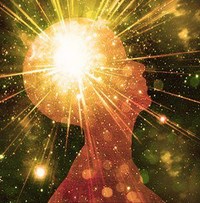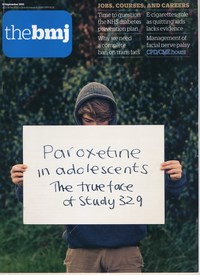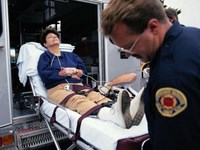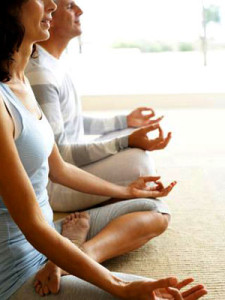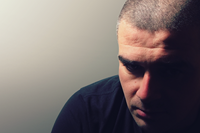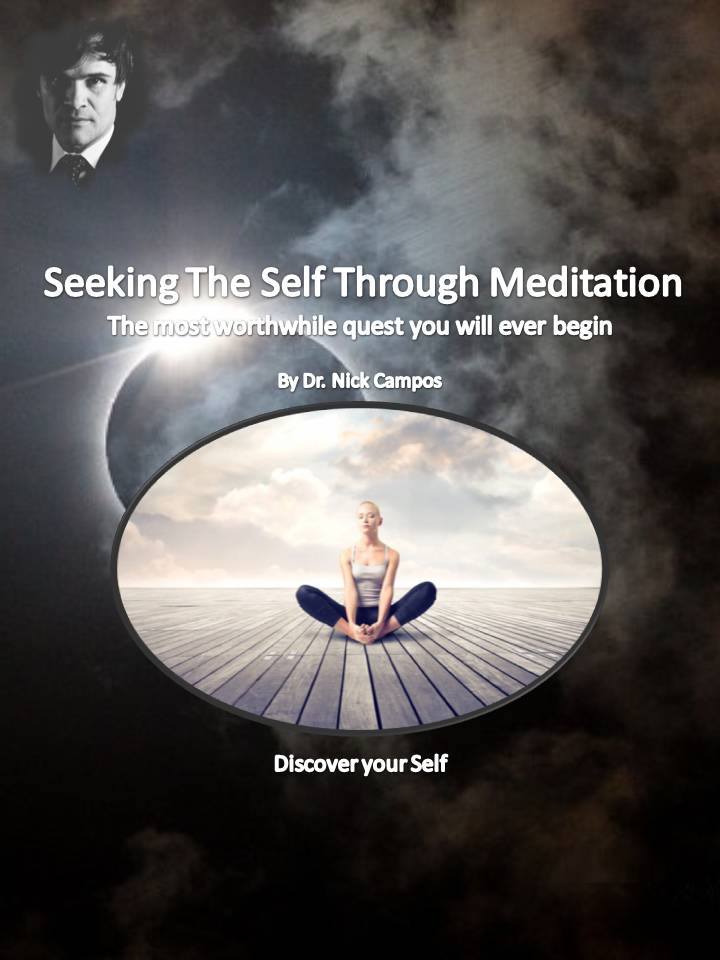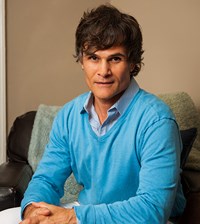 Why do you never forget how to ride a bicycle?* If you can forget people’s names, the triangle inequality theorem, or even where you put your car keys…then how the heck can you remember how to ride a bicycle, even after years of not doing so? The answer lies in our different types of memory. We have short-term memory, procedural memory, and even episodic memory, each one being stored in different regions of the brain. And while every form of memory within the human capacity is indeed fascinating, the type of memory I wish to share with you here is not a cognitive memory at all but physiological. It is called muscle memory.
Why do you never forget how to ride a bicycle?* If you can forget people’s names, the triangle inequality theorem, or even where you put your car keys…then how the heck can you remember how to ride a bicycle, even after years of not doing so? The answer lies in our different types of memory. We have short-term memory, procedural memory, and even episodic memory, each one being stored in different regions of the brain. And while every form of memory within the human capacity is indeed fascinating, the type of memory I wish to share with you here is not a cognitive memory at all but physiological. It is called muscle memory.
Muscle memory is well-known among athletes and bodybuilders, professional and amateur alike; any person who has spent time exercising, any time at all, believe it or not, has some experience with muscle memory. Simply put, muscle memory is a “detrained” muscle’s ability to regain size, strength and endurance upon retraining. To understand this completely, one must understand what happens during exercise, in this case, I wish to keep it to weight-lifting, although you can assume some overlap into other forms of exercise like yoga, swimming, Pilates and so on. I am referring mostly to forms of resistance training, but these principles apply to other forms of exercise (sports, flexibility training) to varying degrees as well.
When one contracts forcefully against resistance – gravity, weights, resistance bands, etc – the muscle fibers develop micro tears, a form of microtrauma, which the body then adaptively repairs the tissue and adds more fibers to essentially prevent further damage. This process of adding muscle fibers is called hypertrophy – trophy meaning “growth,” hyper meaning “above” or “beyond.” Hypertrophic muscle is what it means to be yoked or ripped in bodybuilding speak. It is essentially what most people wish to achieve, on some level, by lifting weights.
Now in my experience as a long-time health practitioner – with many clients seeing me for a decade or two – I find that very few people exercise consistently day in, day out, week in, week out, or year in, year out. This is not a flaw – it is life. Over the course of a decade, most people have new obligations, changing schedules, new relationships, babies, divorces, deaths of loved ones, and a whole multitude of other tragedies. Sometimes people just burn out – they need a break. Sometimes people get sick or injured. I have many clients who are extremely dedicated to their health and fitness, and not one person have I ever seen keep up exercise without a break in a ten-year period. I am not saying it doesn’t exist, just that it is extremely rare. Life happens.
Here is the point: If you have ever in your life exercised against resistance – that is, lifted weights, done calisthenics, or any sport requiring strength or bursts of speed – you have developed muscle memory, which will allow you to regain what you once had relatively quickly. The two important terms here are “what you once had” and “relatively.” First, it is crucial to understand that getting back to your pre-layoff size, strength and endurance should be fairly simple. You’ll have to return to your work outs slowly and smartly to prevent injury and coax the body back into its groove, but if you do things rightly, you will see your body morph over a short period back to how it once appeared. True, you might have stored some adipose (put on fat), and it won’t just melt away overnight, but the good news is that resistance training actually speeds up fat metabolism, so that lifting weights regularly will help you shed weight faster than diet or aerobic exercise alone. All three matter, but by doing resistance training along with the other two will burn the fat in the fastest possible way. And that is also why I say “relatively,” because, obviously, the rate at which your body returns to pre-layoff shape, size and strength will really depend on the duration of your layoff and the damage caused in that time (food, drugs, alcohol to be exact). So patience will matter in this endeavor, but the principle remains.
 I cannot emphasize enough this phenomenon of muscle memory and what it means for you. I am certain anybody who has ever seen their once-developed body slip into softness, but then returned to the gym, knows exactly what I am talking about. It doesn’t take long in most cases. One study showed that women who trained for 20 weeks (~ six months), then laid off (detrained) for 30-32 weeks (~ seven months), and then retrained for 6 weeks showed significant increases in cross-sectional areas of muscle fibers (size, girth) which also translated to strength and endurance. Interestingly, the same study found that the initial strength gained by the women during the initial training phase was not diminished much over the detraining phase.
I cannot emphasize enough this phenomenon of muscle memory and what it means for you. I am certain anybody who has ever seen their once-developed body slip into softness, but then returned to the gym, knows exactly what I am talking about. It doesn’t take long in most cases. One study showed that women who trained for 20 weeks (~ six months), then laid off (detrained) for 30-32 weeks (~ seven months), and then retrained for 6 weeks showed significant increases in cross-sectional areas of muscle fibers (size, girth) which also translated to strength and endurance. Interestingly, the same study found that the initial strength gained by the women during the initial training phase was not diminished much over the detraining phase.
This study shows that aside from the incredible ability of muscle to retain its size, strength, and endurance, even for people who have never worked out, a simple six month regimen of weight lifting exercise will create positive body changes that cannot be completely undone by an equally long layoff. So its worth every effort, even if incrementally. And, if you are like most people, when life twists and turns and you find the need to stop your exercise routine, you can rest assured that you will get back to where you left off quickly when you return to the gym.
I always try to impress upon clients, however, that while getting back to where you were last is relatively easy, taking your fitness to the next level is not – you have to work really hard to get to where you’ve never been. Keep that in mind. I am not trying to imply that developing your body to each successive level is easy. But I do wish to encourage you to keep with it (i.e. – get back to it…or start even) no matter what. Every time you exercise you are developing a little more toward your goal in mind, even if it doesn’t seem so in the moment. Muscle memory proves it. Your body develops and it remembers. So you are never wasting time by exercising – this should be encouraging to know that due to muscle memory, every workout matters.
*The bike thing is due to procedural memory


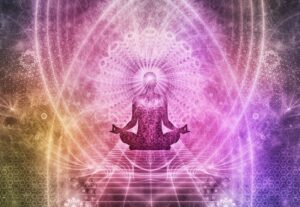










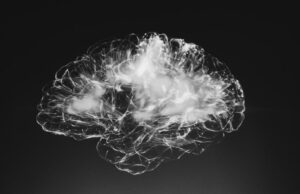






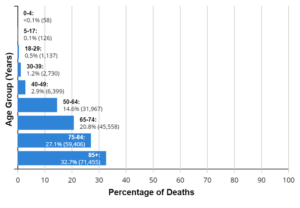












 With this basic intent and action, the practitioner will also need to consider some fundamental elements of our mind which are ingrained and habitual, yet completely contrary to maintaining focus. These mind habits will pull your attention away and take you down paths which are easy to get lost on. By simply having awareness of these habitual behaviors of the mind, you can keep yourself off these temporal paths of past memory and future imagination. I do not mean to knock either memory or imagination, as both serve their purpose, but as I have said, both oppose our intent to maintain focus. Discussing these elements is another of way explaining mindfulness by laying out exactly what it is not.
With this basic intent and action, the practitioner will also need to consider some fundamental elements of our mind which are ingrained and habitual, yet completely contrary to maintaining focus. These mind habits will pull your attention away and take you down paths which are easy to get lost on. By simply having awareness of these habitual behaviors of the mind, you can keep yourself off these temporal paths of past memory and future imagination. I do not mean to knock either memory or imagination, as both serve their purpose, but as I have said, both oppose our intent to maintain focus. Discussing these elements is another of way explaining mindfulness by laying out exactly what it is not.



 More importantly, they happen without our taking notice. We do not have to think about our every action. We do not have to initiate every move, only the decision, and sometimes not even that. By freeing our mind of these routine actions, we are able to concentrate more on complex actions and behaviors, we are able to think about abstract ideas, and we are able to self-reflect (as far as we know, the only species that does this). Complex thinking has led to the creation of musical masterpieces, mathematical theories, and technological innovations. It has inspired timeless art, revolutionary science and allowed us to ask and ponder the great philosophical questions of life, those that give our lives meaning. Without an automation of our primary thought system, it is questionable whether we’d have ever accomplished anything more than our most basic survival. Automation of thought is the first and foremost system used by the brain on a regular basis. More than ninety percent of our day is made up of habitual actions. According to Daniel Kahneman, Nobel Prize winning psychologist and economist, ninety-eight percent of our mental processes are of the automatic, effortless, and unconscious kind, even though we tend to believe we are making rational decisions throughout the day. Most people are thus walking through life effortlessly unaware, allowing their automatic thoughts to flow in and out of consciousness, and create a stream of time which ultimately frames their experiences. I like to call this unconscious consciousness – consciously awake, just not aware.
More importantly, they happen without our taking notice. We do not have to think about our every action. We do not have to initiate every move, only the decision, and sometimes not even that. By freeing our mind of these routine actions, we are able to concentrate more on complex actions and behaviors, we are able to think about abstract ideas, and we are able to self-reflect (as far as we know, the only species that does this). Complex thinking has led to the creation of musical masterpieces, mathematical theories, and technological innovations. It has inspired timeless art, revolutionary science and allowed us to ask and ponder the great philosophical questions of life, those that give our lives meaning. Without an automation of our primary thought system, it is questionable whether we’d have ever accomplished anything more than our most basic survival. Automation of thought is the first and foremost system used by the brain on a regular basis. More than ninety percent of our day is made up of habitual actions. According to Daniel Kahneman, Nobel Prize winning psychologist and economist, ninety-eight percent of our mental processes are of the automatic, effortless, and unconscious kind, even though we tend to believe we are making rational decisions throughout the day. Most people are thus walking through life effortlessly unaware, allowing their automatic thoughts to flow in and out of consciousness, and create a stream of time which ultimately frames their experiences. I like to call this unconscious consciousness – consciously awake, just not aware. While many people turn to drugs and alcohol in a futile attempt to quiet the mind-chatter, these mind-alterers actually make matters worse over time. The only way to diminish mind-chatter is to pull the mind into attention. That’s why sports and exercise have been popular since antiquity. By focusing on a physical activity, the mind is forced into what Kahneman calls system 2 thinking, or one which is done with our conscious mind – conscious consciousness – effortful, intentional, and controlled. Making art and music are also amazing mind-chatter reducers. So is doing math, or thinking about anything in detail, like when you strategize or follow a protocol. Anything which forces the mind to focus reduces mind chatter (one reason smart phones have become addictive). However, even these activities, when done repeatedly can become automatic. Without a doubt, people strive to make automatic as many of their activities as possible. We call this mastery. And mastery makes what was once effortful a habituation. As a result, once we master an activity, it does have the potentiality to become an automatic process.
While many people turn to drugs and alcohol in a futile attempt to quiet the mind-chatter, these mind-alterers actually make matters worse over time. The only way to diminish mind-chatter is to pull the mind into attention. That’s why sports and exercise have been popular since antiquity. By focusing on a physical activity, the mind is forced into what Kahneman calls system 2 thinking, or one which is done with our conscious mind – conscious consciousness – effortful, intentional, and controlled. Making art and music are also amazing mind-chatter reducers. So is doing math, or thinking about anything in detail, like when you strategize or follow a protocol. Anything which forces the mind to focus reduces mind chatter (one reason smart phones have become addictive). However, even these activities, when done repeatedly can become automatic. Without a doubt, people strive to make automatic as many of their activities as possible. We call this mastery. And mastery makes what was once effortful a habituation. As a result, once we master an activity, it does have the potentiality to become an automatic process.



 Obviously, different people want different things. Every person can have a version of the future they envision to some degree. I will explain this idea more fully in a bit. But right now exists opportunity to shape your world in the way you want it. Yes you can shape society too, but do not fall victim to the belief that you can do it against the will of others. To create lasting social change, the hearts and mind of the people must be won over. Let me encourage you to think of any lasting social change, and investigate how it was accomplished. Yes violence has happened in moments of societal change, but the violence itself was not the catalyst to the lasting change, it was the inspired movement of hearts and minds which led to the transformation.
Obviously, different people want different things. Every person can have a version of the future they envision to some degree. I will explain this idea more fully in a bit. But right now exists opportunity to shape your world in the way you want it. Yes you can shape society too, but do not fall victim to the belief that you can do it against the will of others. To create lasting social change, the hearts and mind of the people must be won over. Let me encourage you to think of any lasting social change, and investigate how it was accomplished. Yes violence has happened in moments of societal change, but the violence itself was not the catalyst to the lasting change, it was the inspired movement of hearts and minds which led to the transformation.  When forging a path in this new world, it would be wise to focus on your highest values. Those things that act as drivers for your decisions – things you are inspired by daily – are what you should focus on and centralize in your vision. For some people it is family, for others it is service, and for even others it is the beauty of the world (artists, poets, musicians, mathematicians, etc.). There is certainly no right or wrong in this regard, other than the importance you give it to your mission. Simply put: A mission is a plan with a purpose. The purpose is the why you do what you do, while the mission is the vision.
When forging a path in this new world, it would be wise to focus on your highest values. Those things that act as drivers for your decisions – things you are inspired by daily – are what you should focus on and centralize in your vision. For some people it is family, for others it is service, and for even others it is the beauty of the world (artists, poets, musicians, mathematicians, etc.). There is certainly no right or wrong in this regard, other than the importance you give it to your mission. Simply put: A mission is a plan with a purpose. The purpose is the why you do what you do, while the mission is the vision. Finally, and most importantly, is to strive for balance – in your personal endeavors, as well as for the collective or greater good. Understand that regardless of your vision, you will face obstacles in that endeavor. Obstacles are not vision-killers; they are feedback mechanisms that are in place to guide you. Your vision will be shaped and refined by the obstacles you face…and overcome. To do so you may need to alter your plan a bit. You may need to learn more, or you may need to change beliefs or perspectives. I love to read biographies on the greats of humanity to get a sense of their obstacles, their solutions, and their evolution. You will have yours in your unique way. When attempting to elicit change that is resisted by others, try to find a middle ground. Believe it or not, it is possible to exist in coinciding realities with others – that is, many people can live in worlds of their making together, even when it seems that their worlds are diametrically opposed. Find the common ground. How do you get what you love while others get what they love? That may be the very challenge for you to figure out, but what a powerful vision that is. “All you need is love” is not some hokey song lyric, but a profound truth of all human beings: How do I get what I love while you get what you love…? Living in the extreme polarities of any human issue is volatile – it brings the most stress, the least cooperation, and the baddest blood to the table. Finding the center point and striving for a win-win is the greatest achievement one can have, with the highest possibility of longevity. Game theory, a mathematical study, shows unequivocally that people do better when working together.
Finally, and most importantly, is to strive for balance – in your personal endeavors, as well as for the collective or greater good. Understand that regardless of your vision, you will face obstacles in that endeavor. Obstacles are not vision-killers; they are feedback mechanisms that are in place to guide you. Your vision will be shaped and refined by the obstacles you face…and overcome. To do so you may need to alter your plan a bit. You may need to learn more, or you may need to change beliefs or perspectives. I love to read biographies on the greats of humanity to get a sense of their obstacles, their solutions, and their evolution. You will have yours in your unique way. When attempting to elicit change that is resisted by others, try to find a middle ground. Believe it or not, it is possible to exist in coinciding realities with others – that is, many people can live in worlds of their making together, even when it seems that their worlds are diametrically opposed. Find the common ground. How do you get what you love while others get what they love? That may be the very challenge for you to figure out, but what a powerful vision that is. “All you need is love” is not some hokey song lyric, but a profound truth of all human beings: How do I get what I love while you get what you love…? Living in the extreme polarities of any human issue is volatile – it brings the most stress, the least cooperation, and the baddest blood to the table. Finding the center point and striving for a win-win is the greatest achievement one can have, with the highest possibility of longevity. Game theory, a mathematical study, shows unequivocally that people do better when working together.






